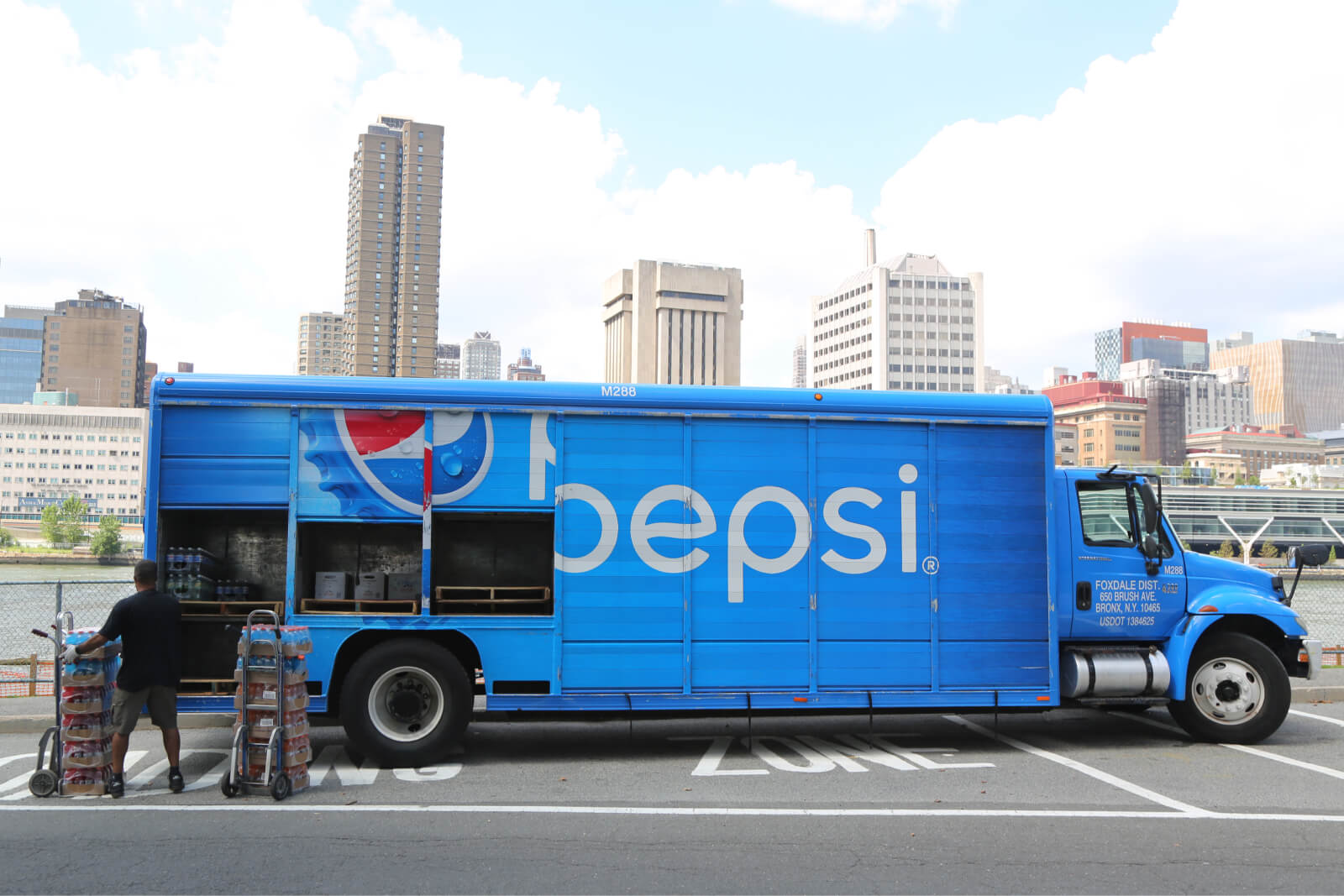
This article originally appeared on mytotalretail.com
The consumer packaged goods (CPG) industry is under pressure. While usually defined by stability and consistency, CPG has undergone an upheaval in recent years, driven by pandemic-related adaptations as well as evolving labor and consumer trends. Today, the CPG market is marked by a high degree of uncertainty, with consumers unwilling (or unable) to spend their dwindling discretionary dollars.
Amid this murky outlook, CPG companies must be strategic to achieve profitable growth. As they explore their options, from leveraging data to embracing consumer behavior shifts, CPG companies should also consider how they stock and deliver. By increasing their direct-to-store (DSD) delivery, CPG manufacturers and retailers alike can gain the edge they need to succeed.
CPG is facing several market challenges. First, labor shortages continue to plague CPG manufacturers and retailers alike, with attrition levels that are nearly twice as high as they were before the pandemic.
On the consumer side, inflation is still a top concern. While inflation is slowing, consumers are increasingly intolerant of any further price hikes. Bargain-hunting consumers have become more flexible in terms of brand preference, and they’re showing a lot less willingness to spend on discretionary goods like sports equipment or jewelry than on necessities like groceries and gas.
However, with the pandemic in the rearview, consumers are also ready to “go shopping” again. Brick-and-mortar is making a slow comeback, with shoppers eager to browse the aisles and experience products with all their senses. And overall net intent to purchase remains higher today than in the early days of the pandemic.
These shifts present a yet-untapped opportunity for CPG: DSD. Several CPG segments already employ DSD heavily. The beverage segment holds the largest share of the DSD market, accounting for 40 percent of the market in 2020, followed closely by food, personal care, and other (usually fast-moving) CPG goods.
However, as the labor shortage persists, we may see those percentages shift. DSD, by definition, relieves retailers’ labor challenges by leveraging CPGs to deliver and merchandise goods at stores. In a similar fashion, while CPG reps at stores are largely a thing of the past, they’ve been replaced by labor from sales and marketing agencies — though that labor is also becoming challenging to find. Mitigating costs while keeping goods closer to the point of demand is always the objective and DSD solves that challenge. While retailers lose some control over their shelves, the labor savings and better in-stock conditions largely offset that.
DSD also poses significant opportunities to satisfy shifting customer expectations. DSD merchandise partners deeply understand their local markets and are equipped to keep stores stocked with the items customers want most, whether that’s spicier barbecue sauce in Houston, or more ethical beauty products in Hollywood. By fostering close, trusted relationships with CPGs using DSD, retailers can ensure their shelves are well stocked, personalized toward the local population, and quickly adaptable to supply and demand.
CPG companies are also increasingly employing cutting-edge technologies to maximize DSD’s labor and consumer advantages. Automation and visibility solutions are helping warehouses stay stocked with the goods shoppers want, ship them out quickly and efficiently, and keep retailers informed of when those goods will appear on their shelves. Added together, these strategies can help CPG companies turn razor-thin margins into healthy revenues.
In the now-shifting world of CPG, the industry needs to be quick to adapt. Some companies are already well on their way by turning toward both time-tested practices (e.g., DSD) as well as novel advancements such as automation and real-time visibility. We should expect to see CPG companies increasingly deploy a combination of all three, resulting in improved inventory management, enhanced labor efficiency, streamlined routing and scheduling, and increased collaboration and optimization between retailers and suppliers — all to the benefit of their customers as well as their bottom lines.